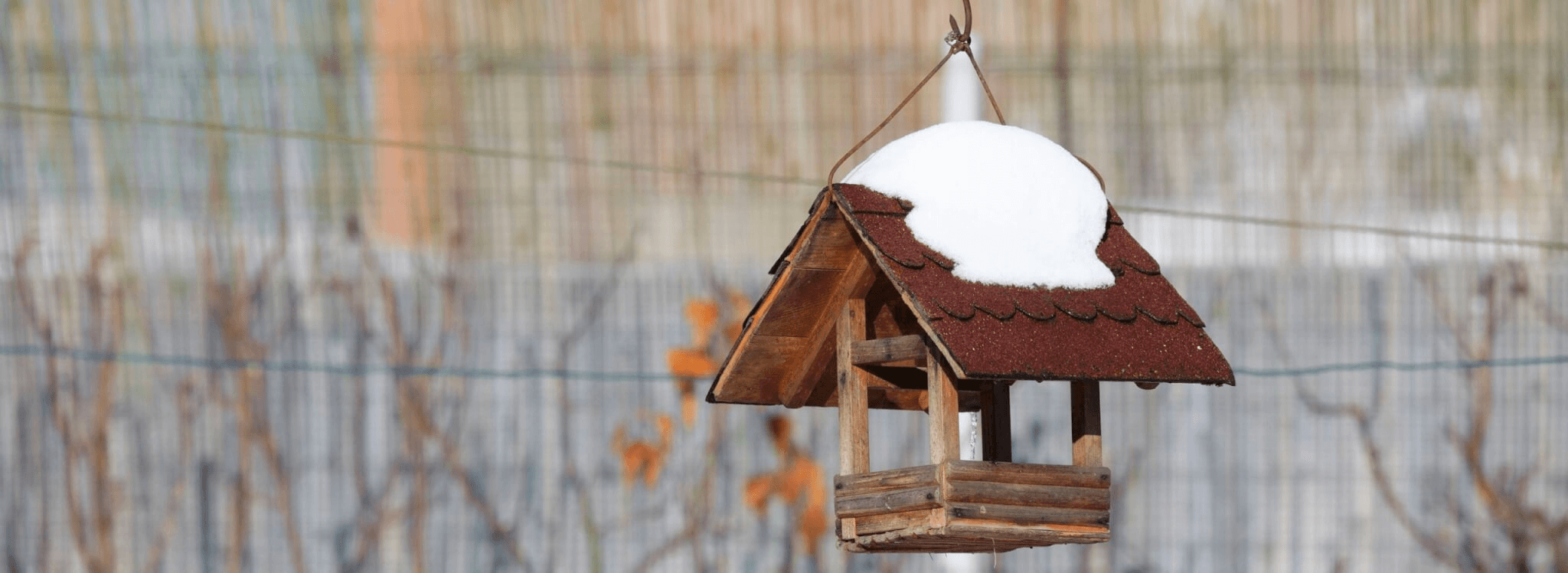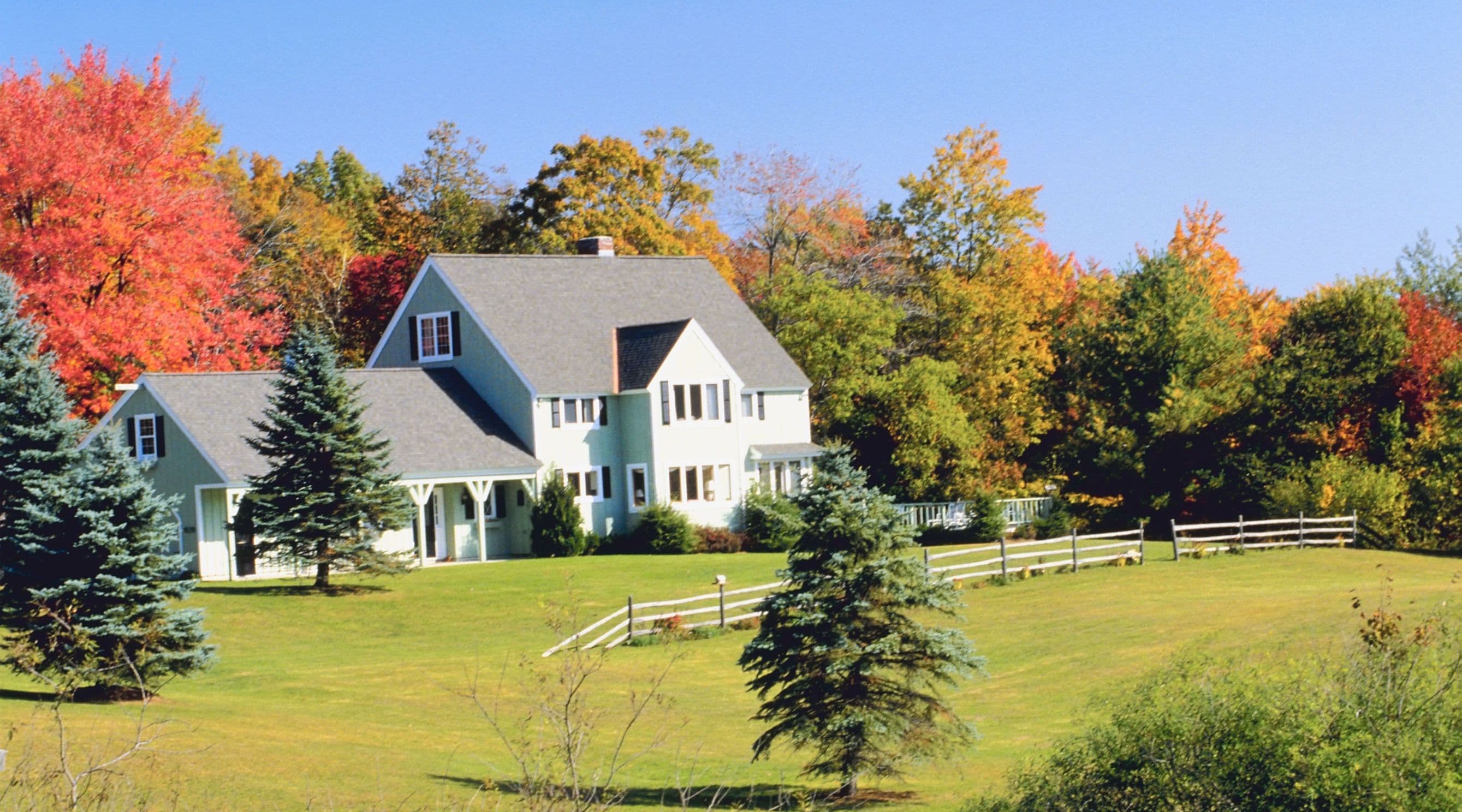Hometap Tip: Prep Your Garden and Landscaping for Winter

Protecting your garden against winter weather preserves your landscaping and gardens while maintaining your property’s curb appeal. Most basic preventive tasks can be covered by on-hand household items, but even if you do have to take a trip to the store, your costs will be minimal. For example, tree wrap costs less than $10 for a 50-foot roll; wire netting can run between $10 and $100, depending on how much you need. With a little prep work this autumn, you can keep your garden gorgeous!
What to Do
Protect your lawn, garden, and landscaping in advance of cold temperatures and wet weather.
What You’ll Need
The Basics
- Gardening gloves
- Rake
- Shovel or trowel
- Lawn mower
- Garden hose
- Burlap
- Lawn disposal bags or compost unit
- Grass seed
- Fertilizer
- Mulch
The Works
- Lawn aerator or aerator shoes
- Tree wrap
- Wire netting
How to Do It
If you live in a region where winters are harsh, you’ll want to take steps this fall to prep and safeguard your outdoor plants, lawn, trees, and shrubbery against freezing temperatures and inclement weather.
First, clean up the yard, including raking all leaves, mowing the grass, weeding, removing dead annuals, and disposing of any fallen fruit. If you have perennial plants, cut back those that need freshening up (flowers like peony and phlox) but leave hardier ones (like ornamental grasses and mums).
Aerate your lawn and reseed and/or fertilize problem spots as needed.
When temperatures start dropping, wrap any thin-bark tree trunks (which include redbuds, maples, and nearly all fruit trees) with tree wrap to protect the bark and insulate the trees. If you know certain shrubs or plants attract pests, surround them with wire-mesh screens or burlap to discourage nests during cold months.
After the first frost, dig up your perennial bulbs (e.g., dahlia, gladiolus) and dry the roots for a few days. Store for the winter in peat moss or sawdust in a cool, dry place. Once your bulbs are removed, add a layer of mulch around your flower beds to protect the remaining plants.
If you have a dry fall, be sure to water your gardens and lawn generously to provide adequate hydration before winter settles in.
You should know
We do our best to make sure that the information in this post is as accurate as possible as of the date it is published, but things change quickly sometimes. Hometap does not endorse or monitor any linked websites. Individual situations differ, so consult your own finance, tax or legal professional to determine what makes sense for you.



